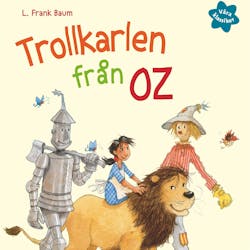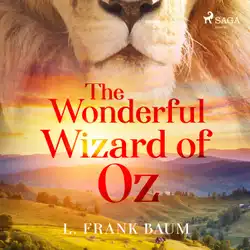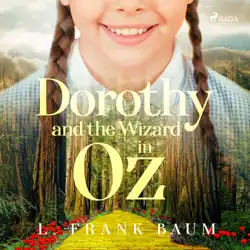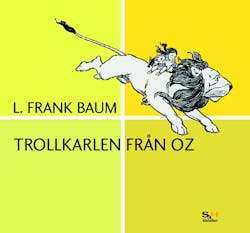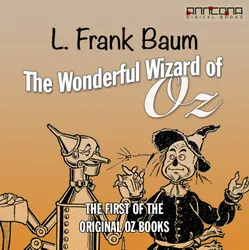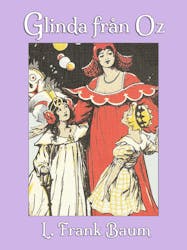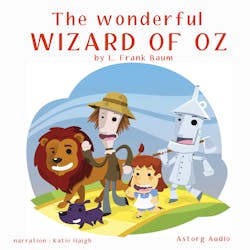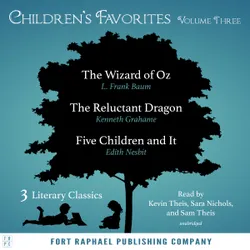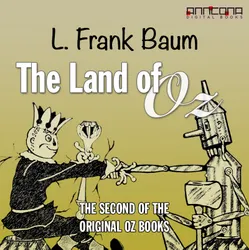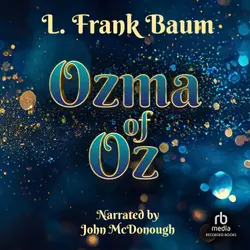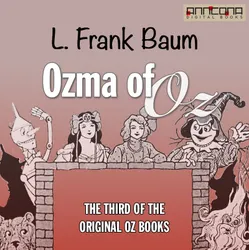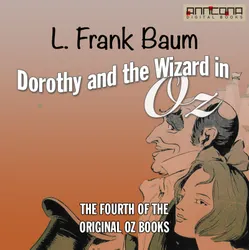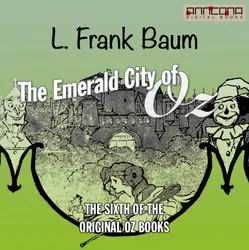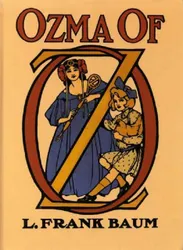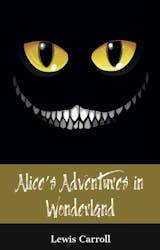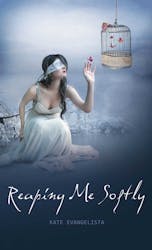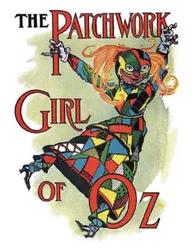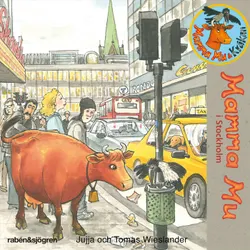The Emerald City of Oz is the sixth of L. Frank Baum's fourteen Land of Oz books. It was also adapted into a Canadian animated film in 1987. Originally published on July 20, 1910, it is the story of Dorothy Gale and her Uncle Henry and Aunt Em coming to live in Oz permanently. While they are toured through the Quadling Country, the Nome King is assembling allies for an invasion of Oz. This is the first time in the Oz series that Baum made use of double plots for one of the books.
Baum had intended to cease writing Oz stories with this book, but financial pressures prompted him to write and publish The Patchwork Girl of Oz, with seven other Oz books to follow.
The Emerald City of Oz contains more material on the social organization of Oz than most of the earlier books, and as a consequence has attracted commentary on its Utopian aspects. The "explicitly socialist" economy of Oz has been contrasted to other "fantasy" projections of socialist societies, like Edward Bellamy's Looking Backward (1888) and William Morris's News from Nowhere (1890).
The Forbidden Fountain that Baum introduces to Oz literature in this book recurs in ensuing Oz books, by Baum and by his various successors. The Fountain is an important feature in The Magic of Oz (1919).
The Oz books form a book series that begins with The Wonderful Wizard of Oz (1900) and relate the fictional history of the Land of Oz. L. Frank Baum went on to write fourteen full-length Oz books. Even while he was alive, Baum was styled as "the Royal Historian of Oz" to emphasize the concept that Oz is an actual place. The illusion created was that characters such as Dorothy and Princess Ozma related their adventures in Oz to Baum themselves, by means of wireless telegraph.
Lyman "L." Frank Baum (1856-1919) was an American author of children's books, best known for writing The Wonderful Wizard of Oz. He wrote thirteen novel sequels, nine other fantasy novels, and a host of other works (55 novels in total, plus four "lost" novels, 83 short stories, over 200 poems, an unknown number of scripts, and many miscellaneous writings), and made numerous attempts to bring his works to the stage and screen. His works anticipated such century-later commonplaces as television, augmented reality, laptop computers (The Master Key), wireless telephones (Tik-Tok of Oz), women in high risk, action-heavy occupations (Mary Louise in the Country), and the ubiquity of advertising on clothing (Aunt Jane's Nieces at Work).
Baum's avowed intentions with the Oz books, and other fairy tales, was to tell such tales as the Brothers Grimm and Hans Christian Andersen told, making them American and bringing them up to date by making the characters not stereotypical dwarfs or genies, and by removing both the violence and the moral to which the violence was to point. Although the first books contained a fair amount of violence, it decreased with the series; in The Emerald City of Oz, Ozma objected to doing violence even to the Nomes who threaten Oz with invasion. His introduction is often cited as the beginnings of the sanitization of children's stories, although he did not do a great deal more than eliminate harsh moral lessons. His stories still include decapitations, eye removals, maimings of all kinds, and other violent acts, but the tone is very different from Grimm or Andersen.

